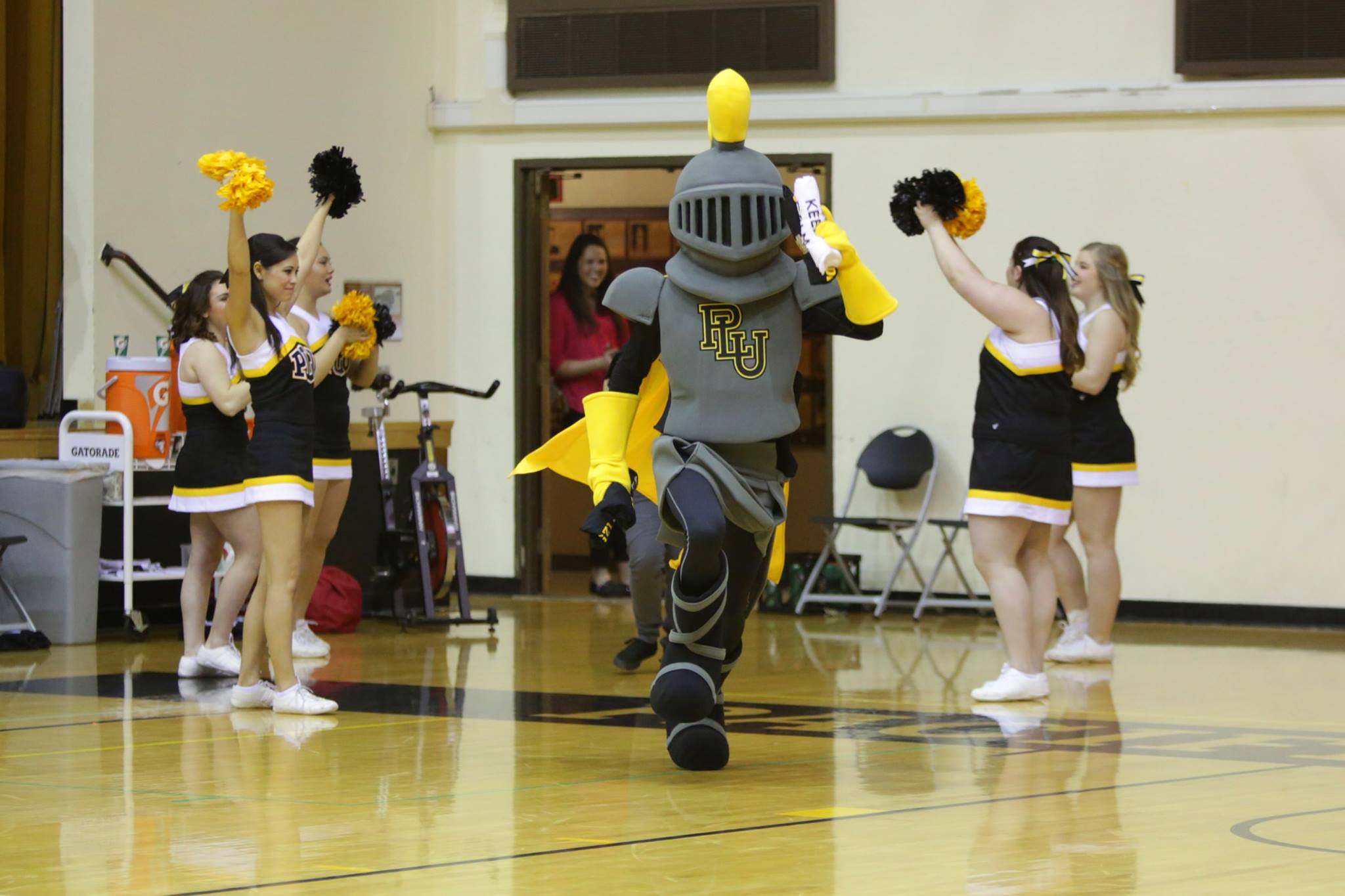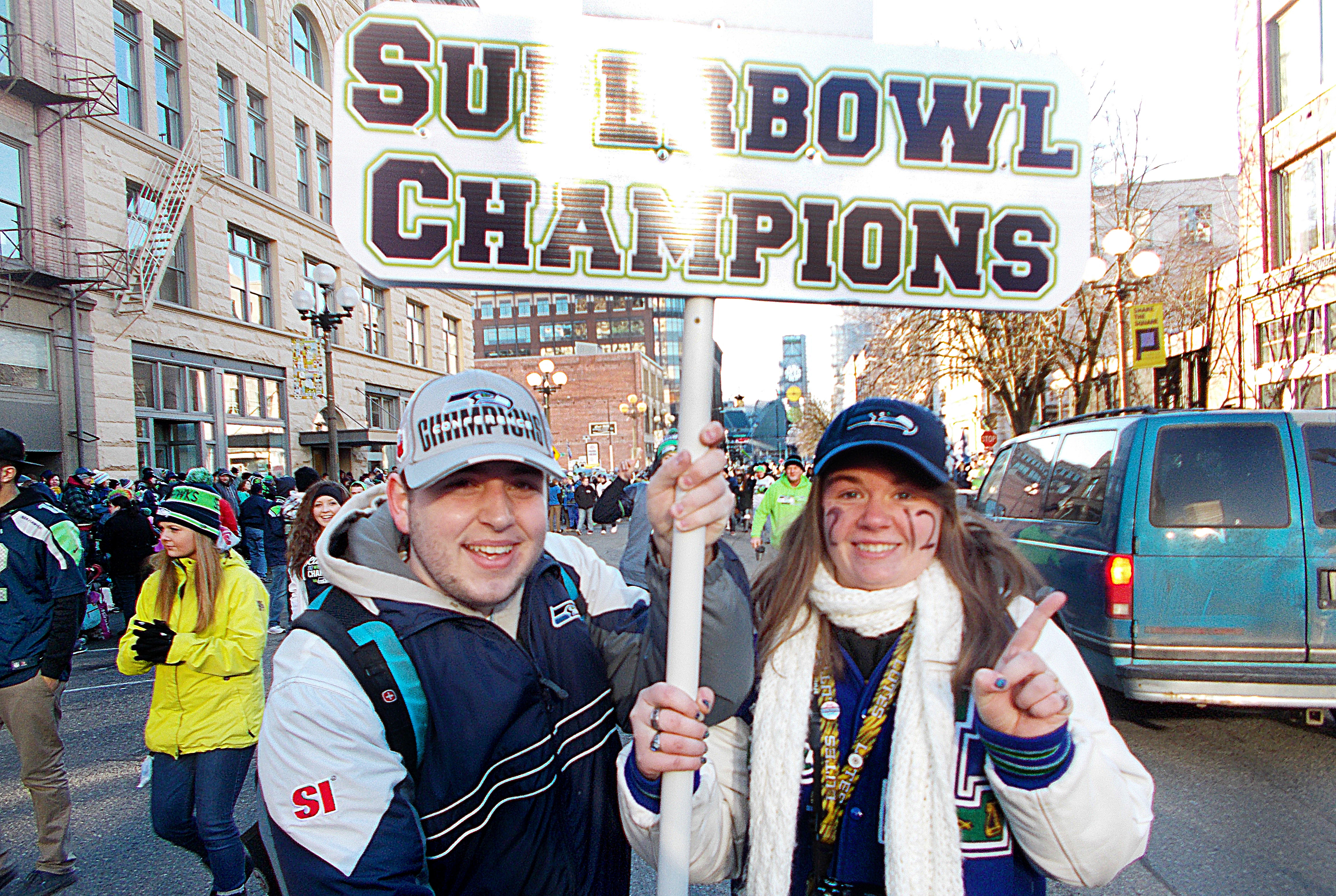By Leah Larson larsonlj@plu.edu
Every year, the Women’s Center and the Diversity Center work together to host a series of lectures at Pacific Lutheran University known as Sex Positive (Sex+). The talks focus on discussing sexuality and educating students about it.
On Monday night, Robyn Ochs, a bisexual and LGBTQ+ activist, came to campus and spoke for this year’s first Sex+ event titled “Beyond Binaries.”
She began the talk by discussing various researchers that helped shape the world of sexology, such as Alfred C. Kinsey.
“Kinsey put out the idea that sexuality exists on a spectrum — this was a huge finding of his research,” Ochs said.
Kinsey, a sexologist who founded the Kinsey Institute for Research in Sex, Gender, and Reproduction, started researching sex in the 1940s and 1950s. His work showed that sexuality exists largely on a spectrum ranging from heterosexuality to homosexuality. However, it also includes other sexualities such as asexuality, bisexuality and pansexuality.
In addition to emphasizing the lack of binaries in sexuality, Ochs also emphasized the lack of binaries when it comes to gender and sex.
“Your sex is your bits and your gender is your understanding of yourself,” Ochs said. “Your sex and gender are not binaries.”
Ochs and modern sexologists have both said people are not exclusively male or female. Gender is a spectrum, and therefore people have both masculine and feminine traits.
At one point during the lecture, Ochs had students fill out an anonymous questionnaire that ranked their sexual and romantic experiences in regards to their sexuality. Students would mark “0” for heterosexual experiences and “6” for homosexual experiences and answer questions about their activities within the past month, year and before age 16.
Through this, Ochs was able to prove that not only do students’ sexualities exist on a spectrum, but also fluctuate quite a bit through time.
“Think about yourself when you were 15 years old. And think about how you understood your sexuality,” Ochs said. “Now, think of yourself today. Think about how you think of yourself as a sexual being today. Most of you have changed.”
***In addition to emphasizing that both sexuality and gender exist on a spectrum, the event also demonstrated how a person’s position on that spectrum isn’t concrete throughout their entire life.***
As proven in the experiment that Ochs conducted with PLU students, people’s sexuality changes and shifts. It may even change from heterosexuality to asexuality.
“I thought that the talk was really enlightening,” junior Christina Erikson said. “Robyn [Ochs] was fun to listen to, and I feel like I learned a lot.”


















